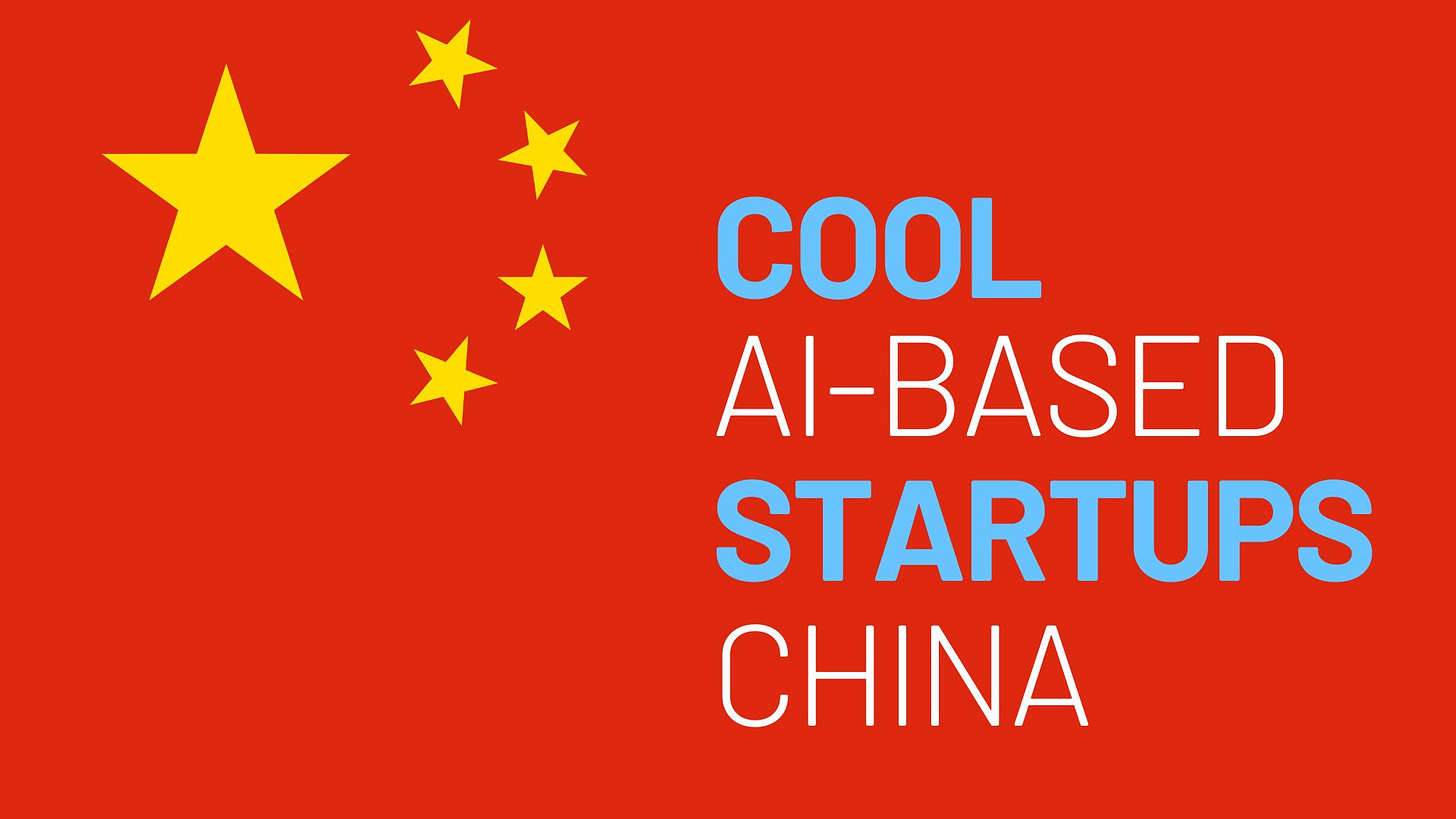The landscape of AI startup funding reveals stark contrasts between the United States and China. In the third quarter of 2024, Chinese AI startups received only 11% of the funding compared to their US counterparts. This disparity isn't unexpected, given the Chinese government's tight control over the private sector since 2020, which has significantly impacted the growth and development of emerging technologies.
The United States has maintained its lead in the generative AI race, with companies like OpenAI and Anthropic pushing the boundaries of large language models (LLMs) and their applications. This advancement has not gone unnoticed in China, spurring the rise of a new generation of AI companies dubbed the "AI tigers."
These ambitious Chinese startups are emerging as potential rivals to the US giants in the field of artificial intelligence. Many of these companies have secured backing from China's established tech behemoths, leveraging their resources and expertise to accelerate development and compete on a global scale.
The competitive landscape intensified in July when OpenAI, a leading US-based AI research company, ceased providing access to its products in China. This move created a significant void in the Chinese market and simultaneously presented an opportunity for domestic AI firms to fill the gap.
The "AI tigers" are now racing to develop their own advanced large language models and AI applications tailored to the Chinese market and language. Their goal is twofold: to meet the growing domestic demand for cutting-edge AI technologies and to position themselves as formidable players in the global AI arena.
Despite the funding disparity and regulatory challenges, these Chinese AI startups are driven by a combination of national pride, market opportunity, and technological ambition. They aim to not only catch up with their US counterparts but also to innovate in ways that cater specifically to Chinese and Asian markets, potentially giving them a competitive edge in these regions.
The evolving situation raises questions about the future of AI development and competition on a global scale. Will the "AI tigers" succeed in narrowing the gap with US companies? How will differing regulatory environments and access to data impact the development of AI technologies in each country? The answers to these questions will likely shape the future of artificial intelligence and its applications worldwide.





